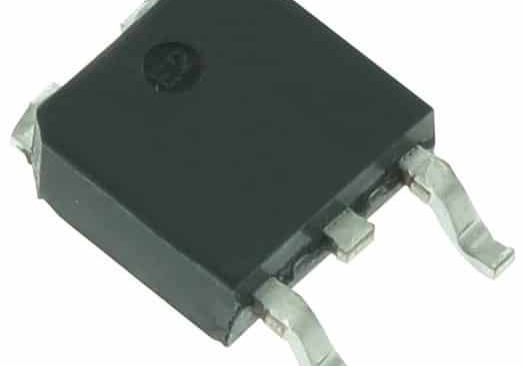Elevator guides and guide rails are the Focus Topic for this month’s issue. I’ve always considered guide rails the Interstate Highway System of our industry. In an elevator hoistway, they are the only route to your destination, and your travel will be controlled by the quality of their manufacture and installation. We have two excellent articles on the subject. The first is by Chris Gage, a connection technology specialist. His article, “Elevator Shaft Connections,” explores the differences between static and dynamic loading in hot- and cold-rolled anchor channels. The other article was presented at the recent Elevcon 2014 event and is available in Elevator Technology 20, Proceedings of Elevcon 2014. It is titled “Determination of Loads Acting on Guide Rail Fixing under Certain Loading Conditions.” This article details experiments conducted at the ITU Elevator Technology Laboratory in Turkey. The authors, all from Turkey, are S. Atay, E. Kayaoğlu, A. Candaş, C.E. İmrak, S. Targıt and Y.Z. Kocabal.
Speaking of guide rails, the cover article on “Bailong Elevators, Past and Present,” by our correspondent in China, Peng Jie, has the longest exterior guide rails in the world. The article represents a modern miracle in a very ancient setting. The elevators at the U.N. World Heritage Site are also in the Guinness Book of World Records as the tallest outdoor elevators and the tallest double-decker sightseeing elevators.
Editor Emeritus Robert S. Caporale traveled to Paris to cover Elevcon 2014. Sponsored this year by Otis, the technical conference was held in the shadow of the Eiffel Tower with its iconic Otis elevators. The International Association of Elevator Engineers (IAEE) coordinated the program, which included more than 36 papers. The meeting was led off by IAEE President John Inglis and kept on task by Conference Chair Ami Lustig. Attendees were treated to a tour of the Eqho Tower, a visit detailed in this issue by Jean de Fontenay of Otis. Further, ELEVATOR WORLD’S own historian and correspondent, Lee Gray, traveled to Paris to present a paper on the evolution of Elevcon since its beginnings in Nice, France, in 1986, entitled “The Evolution of Elevcon.”
In the coverage of Elevcon 2014 in Paris, Lustig introduced the subject of modular construction, noting that it was on the rise in Asia and North America and that the elevator industry must be prepared to provide conveying equipment that readily fits into this kind of construction. This is, perhaps, the third wave of modular construction, or “rationalized building.” It was first mentioned in EW in the mid 1960s, when we wrote about Europe’s “packages in the sky” (EW, October 1965 and October 1966). Modular building came to Europe, because many of its cities had been bombed out in World War II. Populations needed shelter, and this could be accomplished quickly and inexpensively through the development of modular concrete components. During that era, packaged compact lifts enjoyed popularity, with assembly increasingly being accomplished in the factory.
In the early 1990s, modular construction rose again, not for basic shelter, but for commercial buildings. This time, thrust was by the commercial property developer who wished to place tenants under cover quickly and begin earning rental income. With the expense of labor and materials increasing, each day eliminated from the construction schedule saved a considerable sum. Elevators used in the construction phase (in addition to their normal usage) did double duty and added to the savings. Every large manufacturer promoted “standard packages” to clients with the warning that any changes meant the elevator had to go into engineering.
What is the future of modular construction, now that we are another 25 years down the line? The architect and owner of a bank, hotel or headquarters building, concerned with “making a statement” or building a monument, will see little appeal in modularization. However, where the statement is the financial sheet, and the bottom line is the focus of the project manager, the thrust may well be to build a structure that works properly for a reasonable amount of money. In 1970, John Bowersox of the Producers Council said, “The owner wants high performance and speed; he wants his building yesterday – with tomorrow’s technology.” The elevator industry has had more than 50 years of building conveying systems that fit easily into modular buildings. With new and lighter materials, plug-in systems, wireless communications, remote monitoring, energy-efficient drives and machine-room-less packages that fit in a closet that wouldn’t hold my shoes, we will no doubt “rise to the occasion” again.
Get more of Elevator World. Sign up for our free e-newsletter.









